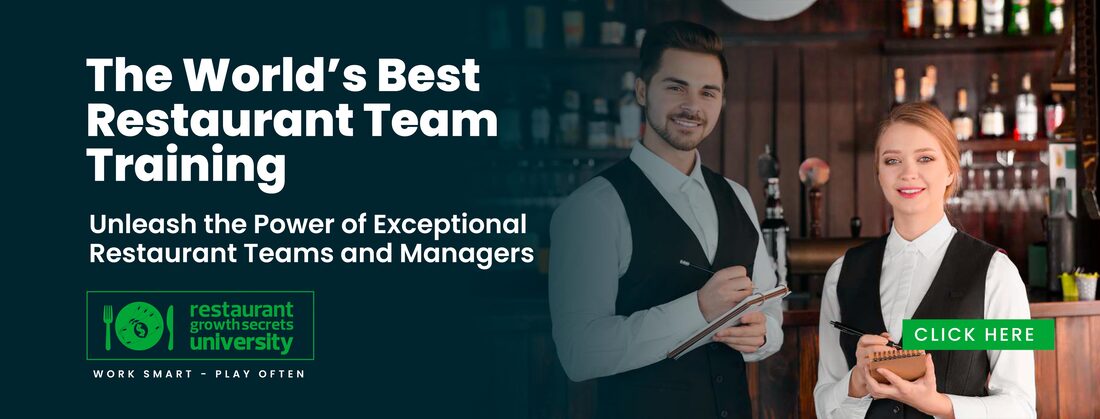|
As a small business owner, your day-to-day activities require wearing many hats. One of the most important, but overlooked, hats that you wear is marketing your product or service. Limited staff, budget and time can cause restrictions and roadblocks for small business owners, so it is easy to let marketing efforts fall through the cracks. There are so many high-quality free tools available on the internet to keep any small business growing. With the right tools, you can connect with customers, build your brand and see a return on your investment. So, how do you know if you are spending your time and money on the best tools that are going to maximize your marketing efforts? Easy. Our experts at Ironistic compiled a helpful list of marketing tools for entrepreneurs and business owners that are cost-effective, trackable, and can help grow your business over time. Below are five digital marketing tools that are guaranteed to help you jump-start your marketing efforts: Design: Canva
Are you design-challenged? Canva is so easy to use that you don’t have to be a graphic designer to create high-end images for your social media posts and websites. Yet, Canva can do so much more than creating images. You can use it to develop presentations, create digital ads, print materials and more. You can even compile and import important data and use it to build custom charts. The best part of all, Canva is 100% free to use. Here are some social media post examples. Website Analytics: Google Analytics The best tool out there to measure traffic on your site is the leading search engine itself – Google. Google Analytics is a free tool that allows you to track where your website gets its traffic. Once installed on your website, you will be able to find out which marketing tactics are generating the most leads and sales conversion, how many visitors come to your site, and what content on your site they prefer. Need some help reading through your Analytics data? Contact one of our experts today! Social Media: AgoraPulse With so many social media tools out there, it can be challenging to figure out which ones are best suited for your business needs. Agorapulse is considered the all in one solution for managing social media posts, comments, and messages. This tool helps with managing your content, conversations, and analytics in a clean, user-friendly dashboard. Not only are you able to connect to multiple social media accounts, but you are also able to collaborate with team members and schedule content for approval. SEO/Campaigns: MOZ Moz has a collection of online tools available that really goes above and beyond for its users. A tool like Moz Pro helps you research and manage the popular keywords for your business. It includes an on-page grader that will give you recommendations for making sure you are optimized for a specific keyword on any page of your site. Another feature loved about Moz is Moz local. This tool is built specifically to help businesses improve local SEO listings. It aggregates all of your local listings in one place and ensures that your business listings are correct, consistent and visible online. Email Marketing: Emma Email marketing is a cost-effective solution that allows small businesses to build their brand and effectively reach out to their customer base. Emma offers a variety of features and visually stunning email templates. You can build email campaigns easily with a drag and drop editor, real-time analytics, audience segmentation, subject-line testing, and automated email workflows. What makes Emma stand out is their robust dashboard with detailed email analytics to help improve performance. Now that we’ve introduced you to some of the must-have marketing tools for your small business, the fun can start! Dive into these platforms and start developing your killer marketing strategy. It may take some time to see your marketing efforts comes to fruition, but once you get some people interested, you’re on a straight path to success. Jeff Bevis To say the United States has many small businesses would be an understatement — according to JP Morgan Chase & Co., more than 99% of America’s businesses are included in this category. Collectively, they contribute $5.9 trillion dollars to the economy every year. Small business appeals to a lot of people, but it takes hard work and drive to succeed. During more than 37 years in small business and franchise environments, I have seen more successes than failures, but near all of those failures could have been easily avoided if the business owners had conducted the extensive planning and preparation required to thrive.
Make Sure You’re Ready To prepare themselves for the unexpected, startups should secure sufficient working capital and have a reserve source ready should things not go as planned. Creating multiple growth scenarios that each consider differing expense, revenue and growth capital levels can help prepare for the future no matter what growth trajectory the business takes Be prepared for the unexpected. Here are three common mistakes that catch most small business owners by surprise: 1. Not Knowing Your Partners Most small business failure stems from disagreements in leadership. Make sure you trust the people you’re starting the business with and have a written buyout formula that you both agree on. The biggest mistake small business owners can make is assuming issues won’t occur as the business grows. 2. Not Having a Business Plan Your business needs a plan to most effectively manage your revenue, expense and working capital projections that doesn’t exhaust your funding or your staff. Don’t try to wing it, because this rarely works. Instead, develop a plan to effectively manage the resources of your business and your working capital and know exactly where it goes. Many business owners also rush to hire employees without considering their qualifications, which can lead to management issues. Surrounding yourself with quality employees, especially early on, can make a huge difference in your long-term success. 3. Expecting Instant Success Despite the image we get from shows like Shark Tank, success won’t come easily to most small business owners, and it will be hard-won. Many small businesses struggle to become profitable, or deliver the kind of wealth their owners expect in the first few months. But being in business for yourself has the potential to be extremely rewarding as long as you have a plan. Stick with it and see it through. Manage for long term success and expect short term wins as you go. Don’t Sweat the Small Stuff Small business owners should be prepared to work harder than they’ve ever worked for anyone else, because there’s often nobody else to do the work for them. Mistakes will happen, but they don’t have to be the failure of your company. When you do make a mistake, remember to take the time to think through what happened, and thoroughly review the mistake so you can avoid it in the future. Don’t beat yourself up over your mistakes, and know that you will learn from them if you keep trying and pushing forward. Heat up your business The restaurant industry is expected to reach $863 billion in sales in 2019 and it’s up to individual operators to determine how big their slice of the pie is. Providing quality food and service creates invaluable word-of-mouth marketing, but there’s something many restaurants owners and marketers overlook when it comes to driving business: signage. When potential patrons are considering where to eat, they need to first find the restaurant, and then be drawn indoors with appealing signage. From fast food to fast casual, the right signs and visual graphics can help heat up business. Here are some tips for determining the right signage for your restaurant, both inside and out. Communicate who you are The first thing to do is to determine the messaging and visual branding style. A contemporary restaurant has a very different feel than an older, historical establishment, and the signs and graphics seen throughout typically reflect that. Whether planning signage for a new restaurant or rebranding an established concept, ensure that the signs and graphics reflect the personality of the brand by using a typestyle, colors, photographs and words in ways that represent the restaurant. Exterior signage should give diners an idea of what to expect inside. Start with the outside Put the restaurant name or logo on the building or space and, if in a shopping center, on the pylon sign. Use appealing graphics in the windows. If the restaurant is off the beaten path, like in the back of a shopping plaza or a down a flight of stairs, utilize signage to help customers find the entrance. Customers care about findability and will choose to go somewhere else if they can’t easily locate a business. Use clear language and arrows, and don’t be afraid to ask for customer feedback and make changes if the original solution isn’t working. Add illumination to stand out at night The right lighting in and on the building, and on the signs, can help customers quickly know which establishments are open for business and help draw them in, whether the restaurant is in a downtown area, shopping plaza, or off an exit on the highway. Illuminated lighting can be placed on the exterior of the building or at the entrance to the parking lot. Digital signs, window lighting and backlit frames can also be used to add an extra eye-catching element. Continue the customer experience indoors
When customers are in the restaurant, the signs and graphics in place can help enhance their overall experience. To reduce perceived waiting time in a fast-casual setting, digital menu boards and kiosks located near waiting areas can promote specials, show off menu items and entice viewers to try new offerings. Frosted vinyl or graphics on glass partitions and half-walls help create privacy between booths and tables. Wall graphics and murals extend the branding to the interior decor. For a unique touch, consider wrapping table tops. While patrons are waiting for their food at their tables or drinks at the bar, printed table tents can list upcoming holiday hours, promote special events, or advertise day-of-the-week specials. Taking the Message to the Street Promoting a restaurant outside of its four walls is equally important. Having branded catering vehicles and wearables including shirts and hats, and participating in off-premise community events with a booth or a food truck are just a few of the ways to take your message and your food to the street. One of the most visual tactics is using vehicle graphics to provide a professional look that helps restaurants reach new and existing customers on-the-go with branded graphics. BALTIMORE: MGH, a full-service marketing communications agency, today released the results of a survey it conducted of U.S. restaurant goers, ages 18+ who dine in or have takeout or delivery at least once a month.
Overall, the survey found that nearly 80% (77%) of those surveyed said they are likely to visit a restaurant's website before they dine in or order takeout or delivery. Of that group, the survey found that nearly 70% (68%) have been discouraged from visiting a restaurant because of its website and slightly less (62%) said a restaurant's website discouraged them from ordering delivery or takeout from a restaurant. Nearly 70% (69%) of those surveyed say the website specifically helps them decide if they want to dine in at the restaurant, while 43% visit a website to help decide if they want to order takeout or delivery from a restaurant. While not caring for menu items is still the main reason those surveyed (65%) are discouraged from visiting a restaurant, other factors are also important. About one-third have been discouraged from visiting a restaurant because the website was difficult to navigate (33%), menus were difficult to read (30%) or websites looked old or out of date (30%). When ordering food for takeout or delivery, those website factors become even more important for diners. 44% have been discouraged to order takeout or delivery from a restaurant because the website was difficult to navigate, 36% because the menu was difficult to read and 35% because the website looked old or out of date. Surveyed diners also noted the importance of mobile-friendly websites when ordering food from a restaurant. In fact, 56% of surveyed diners say that mobile-friendly websites are very important and 36% say they have been discouraged from ordering food from a restaurant because the website wasn't mobile friendly. Not surprisingly, photography also plays a key role. 45% of surveyed diners say they specifically look for photos of food when visiting a restaurant's website and 36% say the food photography is what discouraged them from visiting a restaurant. Taking a closer look at responses from Gen Z and Millennials
A website is the centerpiece of any business -- no matter the industry - so it's no surprise that photography places a huge role in encouraging or discouraging diners. Additionally, consumers are becoming more web savvy and have high expectations and short attention spans when it comes to the user experience, commented MGH CEO, Andy Malis. Restauranteurs should take note of these key findings and evaluate their current website to determine if their website needs a refresh or confirm that what exists is working. Are you flushing marketing dollars down the toilet? The biggest mistake in small business marketing is forgetting the phrase “lifetime value of a client.” Understanding this strategy can leave your cheaper competition in the dust.
Most small business owners see ad and marketing spends as a make it or break it the first time proposition. That is a big miscalculation. “If this were dating it would be like asking for marriage on the first date,” says author Jim Kaspari. “We’re throwing thousands of dollars down the toilet with this mistake.” The goal of ads and marketing used to be to get paying clients and to make sales right away. That makes perfect sense, but it simply doesn’t work anymore. Marketers need to be thinking about the long-term. “Many of us are using our marketing time, energy, creativity and brilliant brains doing pay per click online advertising and trying to get over 100% return on investment with the first transaction,” says Kaspari. “That’s just crazy.” Kaspari is a long-term thinker. He worked at Genentech, Inc. for 20 years as a chemical engineer, automation and systems analyst, and training manager. By investing well and helping start businesses as a moonlighting side hustle while working, he was able to retire a millionaire at age 44. “We all know that much of marketing has gone online, but why is it so challenging and time consuming these days and what can you do about it?” asks Kaspari. That is a driving question for Kaspari when he works with clients. Kaspari has been a business coach and consultant with entrepreneurial business owners and startups since 2005 and has coached over 500 clients in nine countries. Kaspari, CEO of PEAK Business Coaching, is the author of PEAK Profits, 47 Latest SEO Secrets to Get More Traffic from Google, PEAK Profits Business Journal and Olympic Gold Medalist Quotes. He has spoken on stages across the US and in Australia on small business marketing. Kaspari advises his audiences to think about and quickly calculate the lifetime valuation of your average client. “Don’t get hung up on the details,” says Kaspari. “For example, a hairstylist might have an average client spend of $75 per day, they come in every month and last two years. That comes out to $1,800.” This knowledge can lead to different behavior. “Instead of maxing out at $5 per lead (20% conversion, 300% ROI to cover other costs), you can easily spend $10-$15 per lead or more and make out like a bandit,” says Kaspari. “This strategy leaves your cheaper competition in the dust.” The other key is realizing that we aren’t looking for a sale with our ads. People don’t want to be sold to anymore. So, what’s our new goal? To make friends. Get to know each other…draw them in with an irresistible gift and then help them solve problems and make their life better. This allows them to get to know, like and trust us. “Interview your clients until you know what is irresistible to them,” says Kaspari. “Create an opt-in for your website or lead page. Set up an autoresponder email series that gives tremendous, relevant value, help, and great ideas and resources. After five to seven of these emails, you’re safe to ask if you can be of further help to them (sell something). Then it’s lather, rinse and repeat.” NEW YORK (AP) — Marketing and advertising on the internet are an integral part of running a small business, one many owners handle themselves.
It does require some knowledge and skill. Owners may need to take short courses in digital marketing — in particular, online searches and advertising — at local colleges. Or, they may be self-taught, says Cathy Petersen, director of search engine marketing at Surefire Local, a digital marketing company based in Vienna, Virginia. “There are a lot of good resources for people who are just getting started,” Petersen says. It might make more sense for this task, like keeping the company books, to be outsourced to a consultant if owners need to devote themselves to working with customers or developing their products and services. Or, if they have employees, owners might make sure that one of their staffers has the time and know-how to do the work. At its simplest, getting good visibility in an online search requires a company to use what’s known as search engine optimization, the use of keywords in a website that are frequently searched. Which words to use will differ from company to company. Google’s algorithms that rank companies in search results also take into consideration how relevant a company’s website and individual pages are to people who are searching. Businesses that get publicity or are on review websites can improve their rankings. Advertising on Google involves bidding for specific keywords. But small businesses may not be able to pay for keywords that are extremely popular and that larger companies want. But they may have advantages, for example, location. Google can place a local business on its maps that are often part of its search results, Petersen notes. Online advertising needs to be an ongoing commitment if it’s going to be effective. Companies must monitor how well their search listings and ads are leading to visits to their websites. Some businesses hire digital marketing consultants to handle this task, while others rely on analytics programs including Google Analytics. If owners aren’t satisfied with the traffic to their websites, they need to consider changes in the site or advertising and/or they need to find ways to get publicity that help Google algorithms give them a better ranking in search results.  For B2B marketers, social media no longer necessarily just means having an up-to-date LinkedIn page. Today, savvy B2B marketers are expanding their social circles to connect with audiences where they want to engage. Budgets are backing up that need for increased engagement: 50 percent of respondents to Chief Marketer’s recent 2019 Martech Outlook survey said they would be investing in social media management software within the next 12 months. For Constant Contact, having a mix of social channels is important, says Hannah Budreski, vice president of marketing. “People jump from social channels—our social director calls it ‘fleeing audiences’—so we can’t be too invested in any one channel to keep them engaged.” How people interact with the brand on social has evolved, she notes. Where in the past, conversations might have occurred directly on the social channels, now, people are instead direct messaging with questions or comments. “We’re seeing a lot more lurkers and people searching for content,” Budreski notes. “They might not be inclined to engage publicly via social, but they might send a message via Facebook Messenger, so we’re having a conversation there. It’s just getting taken out of the public eye.” Thoughtbot has built a social audience by sharing ideas and thought leadership both through LinkedIn and Quora, where it can target interests by topic, notes CMO Lindsey Christensen. Social content helps with lead nurturing, and can help increase engagement at live events, where someone from the company might be speaking. The design consultancy—which helps technology innovators and start-ups design and deploy applications—also builds social momentum with podcasts, such as “Giant Robots Smashing Into Other Robots,” which talks about the design and development of software, or “Build Phase,” a weekly discussion on iOS development. “We interview founders and technology leaders, and talk to them about their stories, themselves, and the challenges they face,” she says. “It’s a great mechanism for nurturing our audience, particularly with people we want to reach out to—we can invite them to be on the podcast.” B2B social engagement is a little different for Boston-based restaurant management platform Toast. “Restauranteurs are not sitting at a desk in front of a computer all day, they’re out on the restaurant floor,” says Kelly Esten, senior director of product marketing at Toast. This means unlike many B2B pros, LinkedIn is not the natural place to find them. “We’re reaching restauranteurs wherever they are, whether it is on Faceboook, Instagram or via text messages,” she says. On Facebook, the company recently launched an online community, called Food for Thought. The goal is to give restaurant professionals a place to communicate with each other. While a benefit is, of course, brand building, the intent is not to promote Toast in the community. “We try and stay out of the way—it’s more about our customers,” she says. B2B Social ROI For Constant Contact, how the success of a campaign is gauged depends on the goal. “It depends on what we want to accomplish. We’re putting a lot of content out there, but the ROI is different than, say, with email [offering a] free trial,” Budreski says. ‘It’s more of an impression, rather than getting them to take an action right at that moment.” Toast looks at social ROI through the lens of engagement. Existing customers are the company’s number one source of referrals, says Esten, so using social to connect with them and encourage them to talk about the brand is important. Christensen says Thoughtbot primarily considers paid social when gauging ROI, which can be a bit more straightforward to track than organic efforts. “Organic social is trickier,” she says. “If we can track it, great. If not, we continue to share and follow best practices because we can ‘feel’ the results, even if they’re less tangible.” California’s Pending Independent Contractor Rehaul: How the Restaurant Industry Will Be Affected9/18/2019 The California legislature passed AB 5, a sweeping overhaul of California’s independent contractor requirements, which Governor Gavin Newsom is expected to sign into law. The bill narrows the definition of an independent contractor, meaning that most workers will be classified as employees. If signed, the bill will go into effect on January 1, 2020.
In April 2018, the California Supreme Court issued the landmark Dynamex ruling, in which it adopted a new legal standard for determining whether workers should be classified as employees or as independent contractors for purposes of California wage orders. The court adopted the “ABC test.” Employers may only classify a worker as an independent contractor if the hiring entity satisfies all three conditions of the test: (A) that the worker is free from the control and direction of the hirer in connection with the performance of the work, both under the contract for the performance of the work and in fact; (B) that the worker performs work that is outside the usual course of the hiring entity’s business; and (C) that the worker is customarily engaged in an independently established trade, occupation or business of the same nature as that involved in the work performed. To the extent that restaurants use independent contractors for any part of their business, ranging from the bar program to delivery services to marketing, they must carefully consider the ABC test and grapple with consequences of misclassification. Dynamex and the ABC test operate from a presumption that a worker hired and paid to perform labor or services is an employee for wage and benefits claims purposes. That presumption may only be overcome by the three-part ABC test. The aftermath of Dynamex has been significant confusion, as business and independent contractors struggled to understand the reach of the ruling. AB 5 is intended to codify and clarify the Dynamex decision. The bill provides that certain occupations are exempt from following the Dynamex rule, including doctors, psychologists, lawyers, architects, engineers, accountants, insurance agents, realtors, hairstylists, freelance journalists and financial brokers. Independent contractors in these occupations would be governed by the status quo prior to Dynamex, which made it easier to establish an independent contractor relationship. While Dynamex only applied to minimum wage rules, overtime, meal and rest breaks, AB 5 extends the benefits to employees to include worker’s compensation, unemployment and disability insurance and paid family leave and sick days. The bill has stirred up fierce arguments on both sides. Proponents advocate that the bill would protect workers and provide them more security and benefits while at the same time benefit the State by shifting the cost of safety-net benefits onto employers. Opponents of the bill stressed that forcing certain industries to reclassify their workers will stifle innovation and entrepreneurship and hinder small businesses. Additionally, the Southwest California Legislative Council argued that the ability to work as independent contractors has provided income to millions of workers and enabled some workers to contract their services to multiple businesses and thus receive multiple streams of income. Governor Newsom has stated his intent to placate both labor unions and tech companies. Newsom characterized AB 5 as operating within a “framework of compromise.” While the Governor is expected to sign the bill, he has indicated that he may support a proposal put forth by app-based driving companies such as Uber, Lyft and Doordash to create a special category for app-based drivers. Restaurants relying on app-based delivery platforms utilizing independent contractors are likely to find themselves caught up in the blowback of AB 85. Delivery companies that use independent contractors as drivers will need to pay minimum wage and are likely to pass on increased costs to consumers. Given that delivery has been a growing percentage of business for restaurants, increased consumer costs may decrease demand for delivery. To the extent that restaurants use independent contractors for any part of their business, ranging from the bar program to delivery services to marketing, they must carefully consider the ABC test and grapple with consequences of misclassification. The application of AB 5 to franchise relationships is also an open question that may affect restaurant operators. The International Franchise Association lobbied for an exemption for franchising to be included in the bill, but one was not included. In, May 2019, the Ninth Circuit Court of Appeals held that franchise relationships could be subject to the ABC test. The Court found that the ABC test provide the appropriate standard for determining whether franchise workers were properly classified as independent contractors or instead were employees of a national master franchisor (as distinct from the regional franchisees with which they contracted) for purposes of state wage and hour law. That decision was ultimately withdrawn, but there are many open questions as to whether franchisees could be swept into the scope of AB 5. Passage of AB 5 will precipitate a longer-term fight on the issue of independent contractors. For example, Uber has stated that it will not automatically be reclassifying its drivers as employees, even after the law goes into effect in January of next year and expects to continue to deal with claims of misclassification. Uber, Lyft, and Doordash have announced that they will bankroll a $90 million campaign for a 2020 California ballot initiative to create an alternate classification for delivery drivers. With fewer customers eating at restaurants, operators are eyeing more compact locations with dedicated areas for takeout orders. AUTHOR Julie Littman @julie_littman Restaurants are shrinking. Even though more people are eating out than before, fewer are sticking around to eat their meal in store. With this shift, brands from Firehouse Subs to McDonald's and Dunkin' to Pizza Hut are rethinking design for both front- and back-of-house to better accommodate delivery and takeout — a strategy that often includes smaller formats. When considering design, restaurants traditionally focused on minimum guest count and maximizing seats in a dining room, but these conversations are changing, Big Red Rooster Senior Vice President and Managing Director Josh Broehl told Restaurant Dive. Big Red Rooster is a JLL company that works with retailers and restaurants on experience design, brand marketing, design management and strategy consulting. "It's now about throughput. It's now about how many customers can we serve," he said. With multiple avenues to reach customers from delivery to mobile order pickups, there's less need for a dining room, he said. There's also financial incentive to reduce — or forgo — the physical dining space. Broehl estimates that dine-in now accounts for about 15% of a typical restaurant's sales compared to several years ago, when it was roughly 40%. Restaurants are also analyzing customer traffic flow more closely to accommodate those that want to dash inside for pickup as well as others who want to mull over a menu and then decide onsite, Broehl said. "We need to make sure those pathways are intuitive and easy, avoiding the bottlenecks," he said. Restaurant design is starting to incorporate different zones where third-party deliveries can do pickups or wait for fulfillment of orders, he said. "Delivery is a must-have these days," Pamela Flora, director of Americas retail research at Cushman & Wakefield, told Restaurant Dive. "How are [restaurants] balancing delivery prep space versus dining space? Do they have easy access for third-party pickups?" Mobile orders fulfilled onsite are being brought toward the front for quick pickups and are separate from onsite ordering and dining, Broehl said. Shelves and lockers are increasingly popular as well, with the likes of Chipotle, Blaze Pizza and Cava adding shelves. While there were originally concerns about theft or tampering of food left on shelves, that has yet to emerge as a problem, Broehl said. "Delivery is a must-have these days. How are [restaurants] balancing delivery prep space versus dining space? Do they have easy access for third-party pickups?" Pamela Flora Director of Americas retail research, Cushman & Wakefield Needing less dine-in space is opening up options for restaurants. They don't need to spend as much on real estate costs and can instead use inline spaces within a retail block instead of a standalone location, Broehl said. "You'll continue to see that trend where restaurants can take advantage of these more flexible spaces, which will definitely help their operating costs," he said. While dining rooms are decreasing in size, kitchens are growing due to the addition of digital orders, he said. That often means having multiple makelines. Previously, there may have been a makeline for dine-in and drive-thru orders, but now some QSRs with drive-thrus are even adding a third makeline to accommodate mobile orders, Broehl said. For an independent restaurant like fast casual Bamboo Asia in San Francisco, many of these design concepts, including a small footprint, were part of the plan from the beginning. The restaurant uses a commissary kitchen to prepare much of the Vietnamese, Japanese and Indian dishes that make up its menu offsite, and a sous vide to heat onsite. This allows for a smaller kitchen without heavy equipment, TRI Commercial Restaurant Specialist Erik Reese told Restaurant Dive. He has helped conceptualize restaurants, including Bamboo Asia, throughout his 20-year career in the industry. The 1,800-square-foot restaurant only has 30 seats inside and eight outside, and most of its business is off-premise, he said. The restaurant serves about 550 customers between 11 a.m. and 2 p.m. With less real estate needs, the restaurant was able to relocate in a prime area of downtown San Francisco, where retail rents are $450 per square feet, according to Cushman & Wakefield data. "It really reduces our labor demands and allows us to get spaces that other companies can't take," he said. Its location on a popular downtown intersection also serves as a marketing tool for the thousands of drivers who pass by, he said. "The whole restaurant is an advertisement," he said. The company is adding 12 more locations by the end of 2020 and plans to open another commissary kitchen, all of which will be built around the idea that around 25% of the business going toward delivery, he said. A new QSR model Major QSRs are taking cues from delivery and carryout trends as well. Fast casuals including Cava, Blaze Pizza and Chipotle are testing out drive-thrus for mobile pickup orders. Others, like Firehouse Subs, Subway, Dunkin', McDonald's and Caribou Coffee, are eyeing complete remodels and smaller store formats. Firehouse Subs is testing a prototype that would be a dramatic design shift for the brand. It uses 25% less kitchen space and holds 28 seats compared to a traditional design of 50 seats. The design also moves the kitchen from the front to back of the restaurant to better accommodate pickups, which have its own designated area. A stackable sandwich steamer, new to the prototype, helps reduce heating time by a minute, and CEO Don Fox told Restaurant Business the new prototype could result in one less person needed each shift. Firehouse Subs has plenty of motivation to move toward this model. Its off-premise business now makes up more than half of its sales, according to Restaurant Business. While McDonald's is in the midst of a major renovation across its U.S. system that will add self-order kiosks, it is also testing a McDonald's To Go format in London. Customers order using kiosks, staff is mainly back of house and there is no seating. The concept is meant to accommodate only diners on the go. Pizza Hut is piloting cubbies for pickup orders in California and plans to expand the test into additional West Coast cities next year. These cubbies, aimed to complement its dine-in experience, are placed toward the front of the store and are meant to appeal to customers on-the-go who don't want to interact with restaurant staff. These moves seem to align with the company's recently announced strategy of closing 500 units and reopening them with its delivery and carryout-focused format that offers less dine-in seating. Caribou Coffee is rolling out a small-format concept in Minnesota called Caribou Cabins. These 600-square-foot stores don't have any dine-in seating, but offer outdoor seating, a drive-thru and a walk-up window. The Cabin stores will offer an expanded beverage menu and a selection of breakfast sandwiches and baked goods. Caribou Coffee is looking to add more locations within the next 24 months, with five opening up in Minnesota initially. The chain will also explore additional store formats in urban and suburban areas. There could be even more design changes ahead for the dining experience as diner demand shifts.
"Restaurants are working to bring the dining experience to customers when and where they are," Broehl said. Instead of being tied to a set kitchen, restaurants could potentially serve up meals in a local park or food hall or other community experience, he said. Several chains like Auntie Anne's and Shake Shack have already done so by launching fleets of food trucks and opening locations at airports and travel plazas. For consumers, it will only become easier to order out — exactly what restaurants need. |
Marcus Guiliano
Catch up on my current posts along with industry articles Archives
March 2020
Categories |
Marcus Guiliano Productions LTD
PO Box 731
Ellenville NY 12428
(845) 647-3000
www.MarcusGuiliano.com
Disclaimer
This site is not a part of the Facebook website or Facebook Inc. Additionally, This site is
NOT endorsed by Facebook in any way. FACEBOOK is a trademark of FACEBOOK, Inc.
DISCLAIMER: The sales figures stated above are my personal sales figures. Please understand my results are not typical, I’m not implying you’ll duplicate them (or do anything for that matter). I have the benefit of practicing direct response marketing and advertising since 2009, and have an established following as a result. The average person who buys any "how to" information gets little to no results. I’m using these references for example purposes only. Your results will vary and depend on many factors …including but not limited to your background, experience, and work ethic. All business entails risk as well as massive and consistent effort and action. If you're not willing to accept that, please DO NOT GET OUR INFORMATION.
This site is not a part of the Facebook website or Facebook Inc. Additionally, This site is
NOT endorsed by Facebook in any way. FACEBOOK is a trademark of FACEBOOK, Inc.
DISCLAIMER: The sales figures stated above are my personal sales figures. Please understand my results are not typical, I’m not implying you’ll duplicate them (or do anything for that matter). I have the benefit of practicing direct response marketing and advertising since 2009, and have an established following as a result. The average person who buys any "how to" information gets little to no results. I’m using these references for example purposes only. Your results will vary and depend on many factors …including but not limited to your background, experience, and work ethic. All business entails risk as well as massive and consistent effort and action. If you're not willing to accept that, please DO NOT GET OUR INFORMATION.
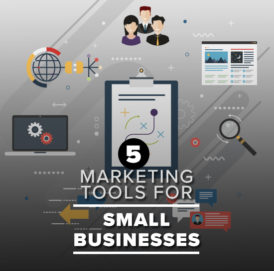

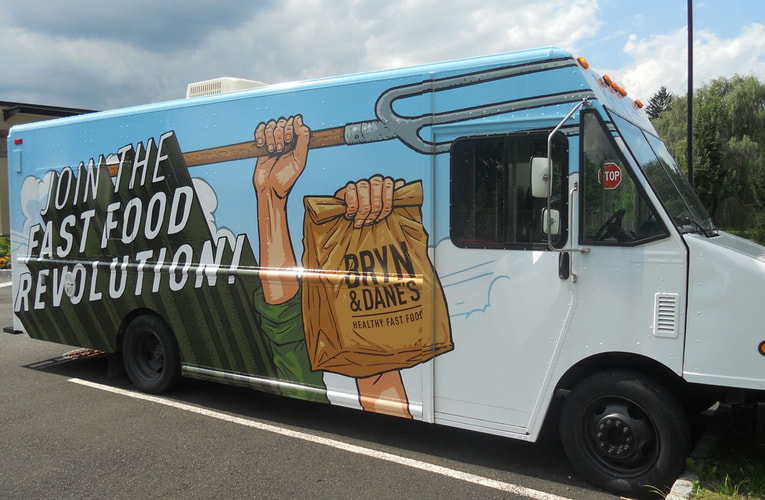
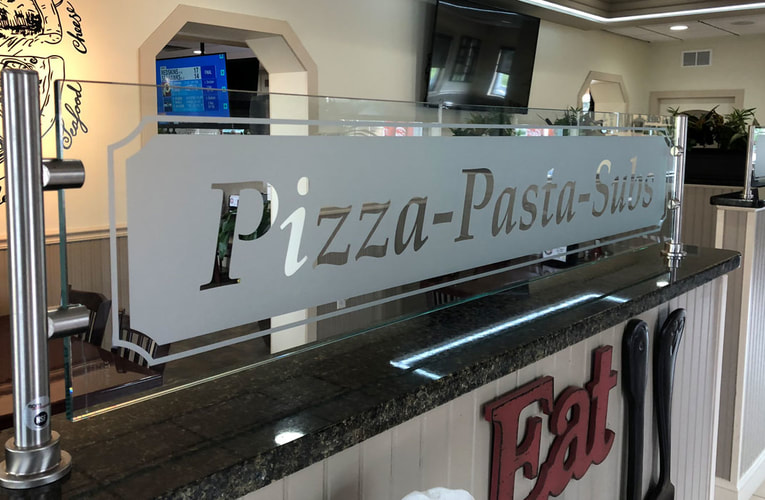
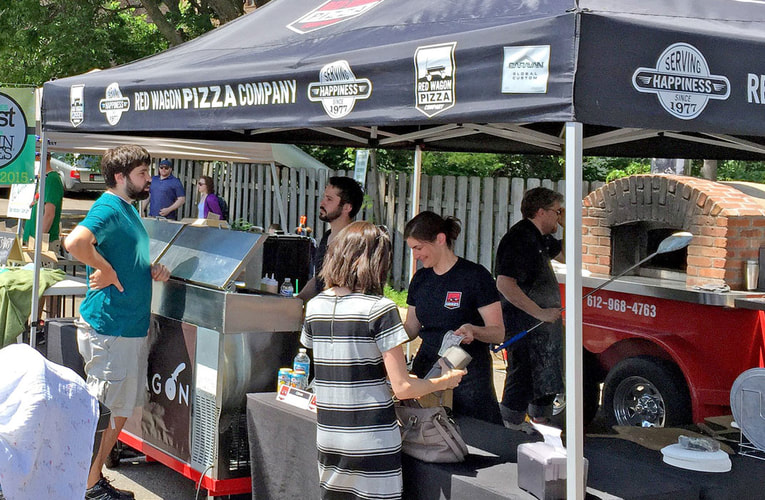
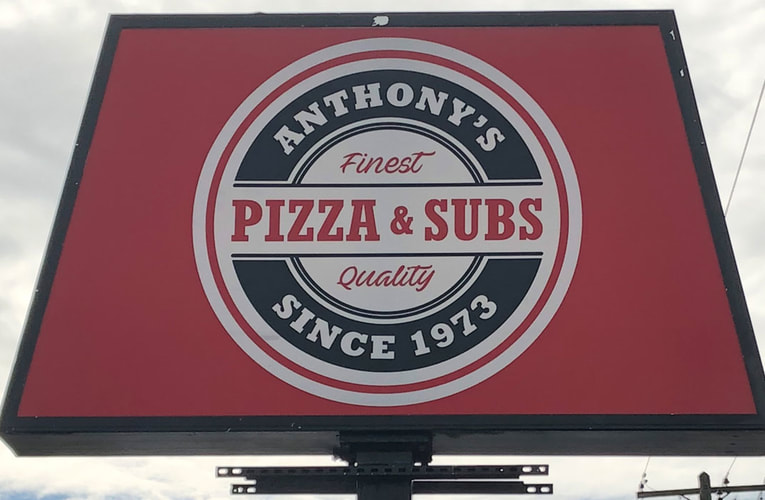
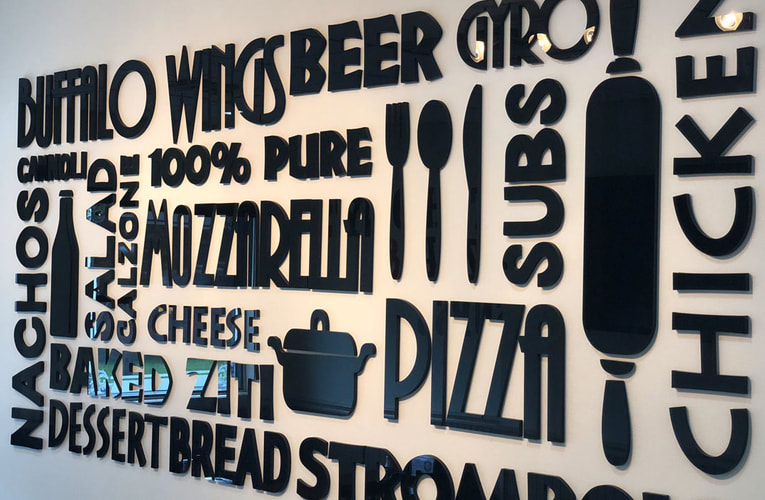
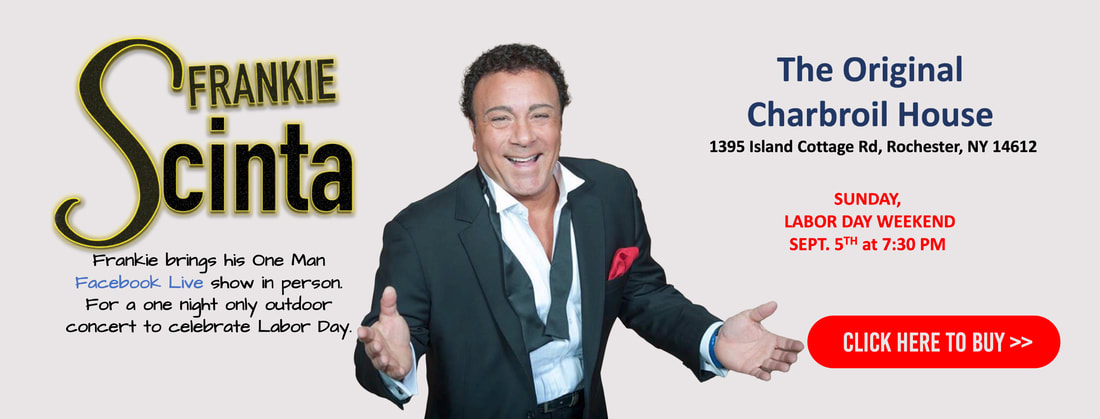



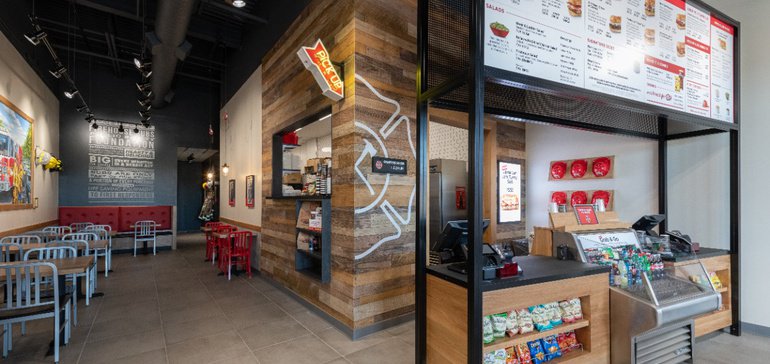
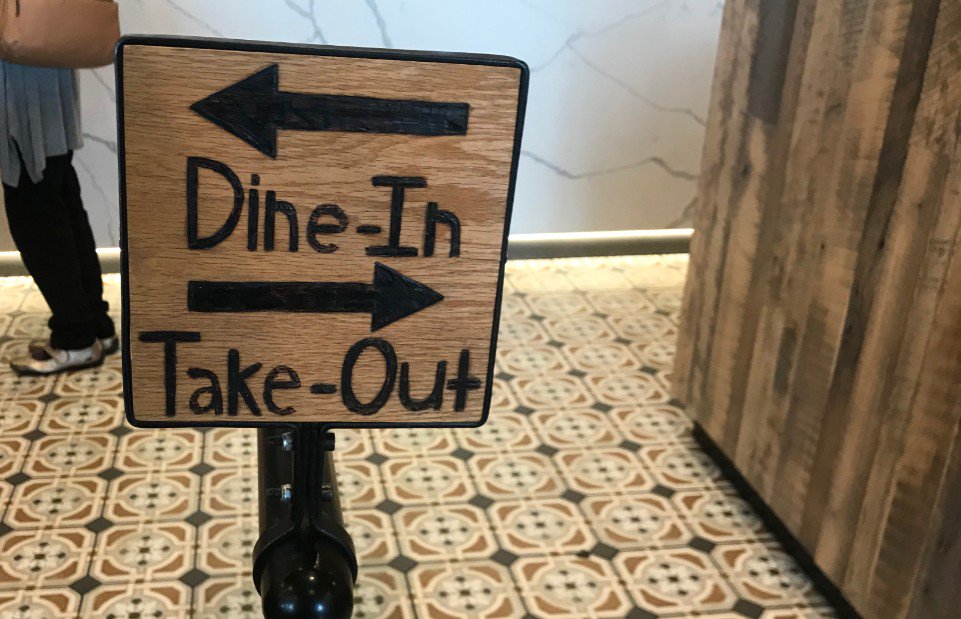
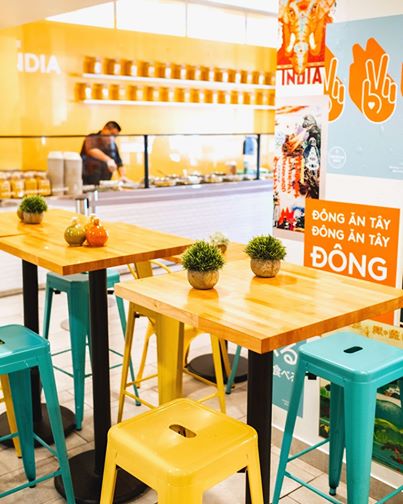
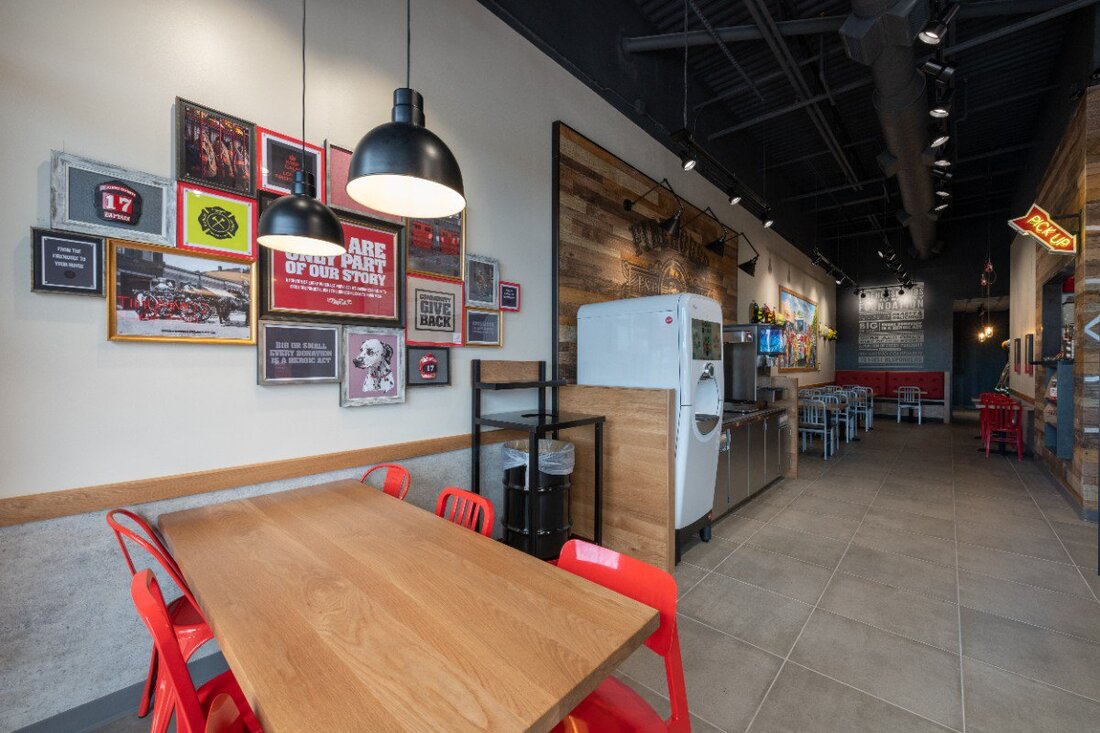
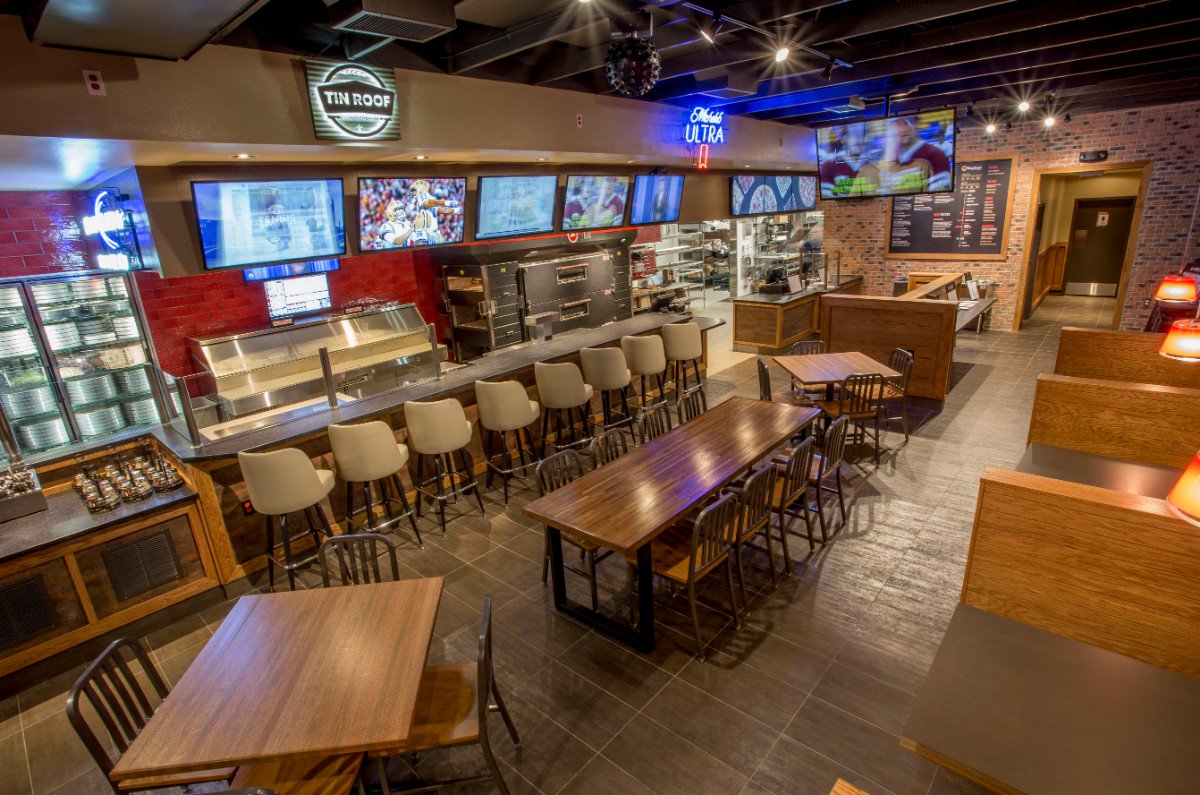
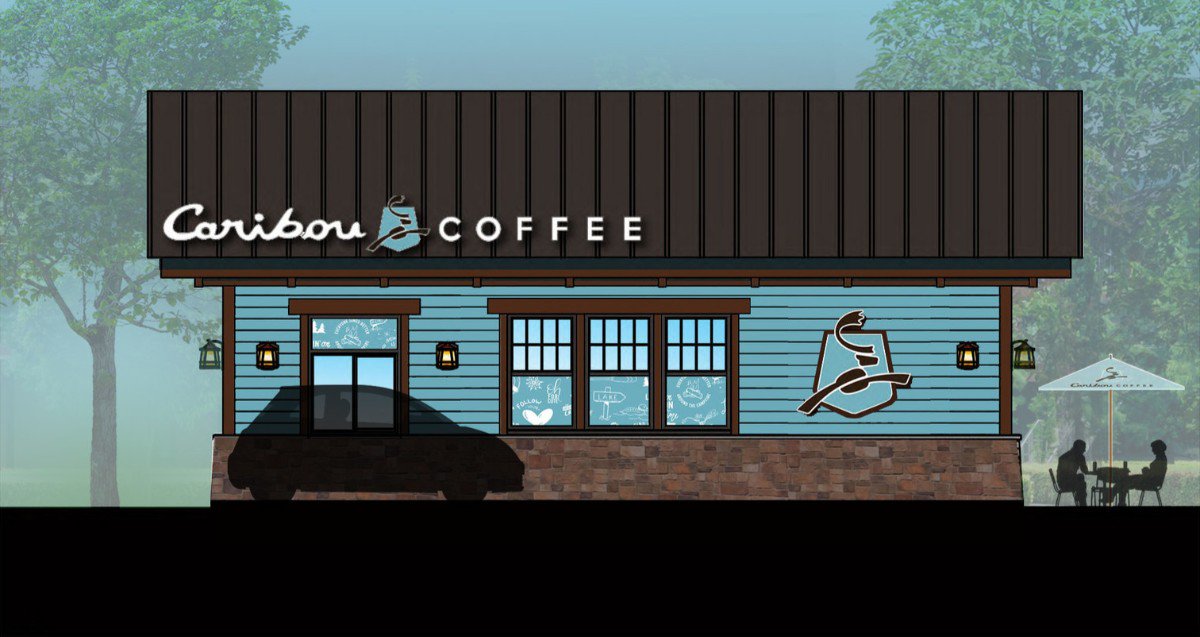


 RSS Feed
RSS Feed
